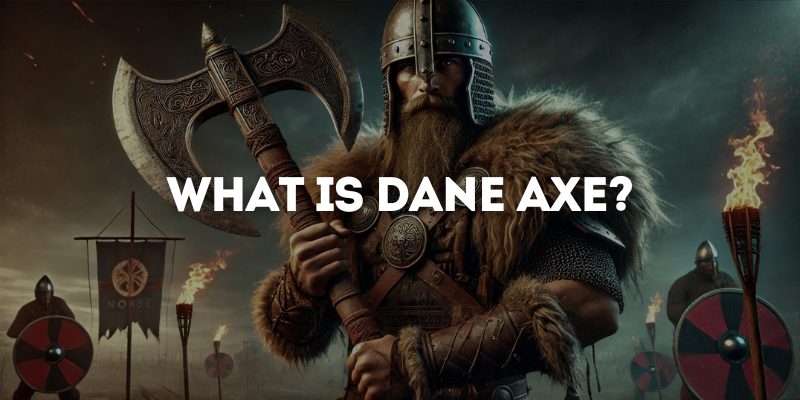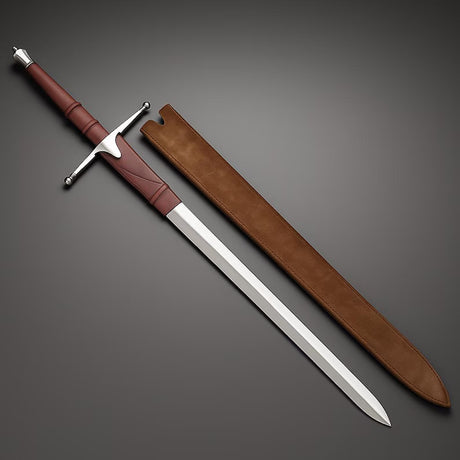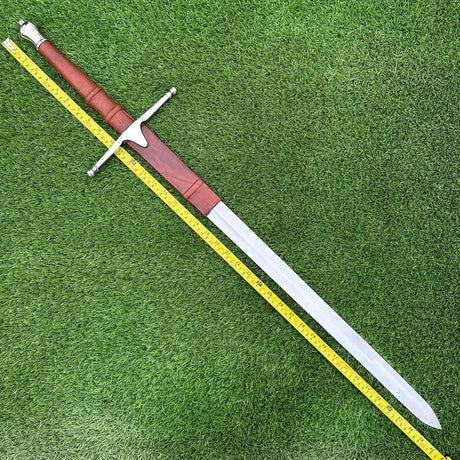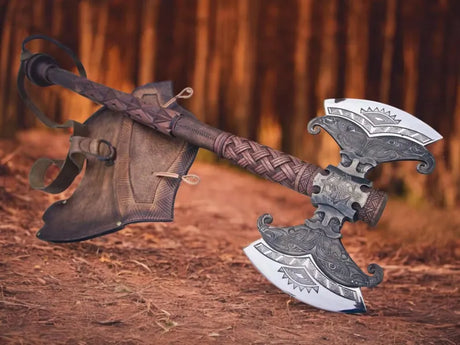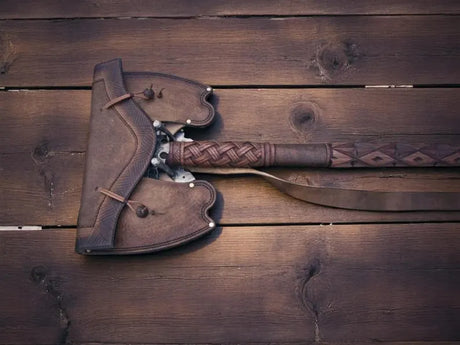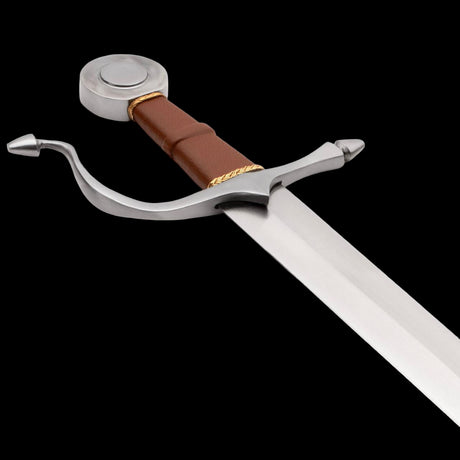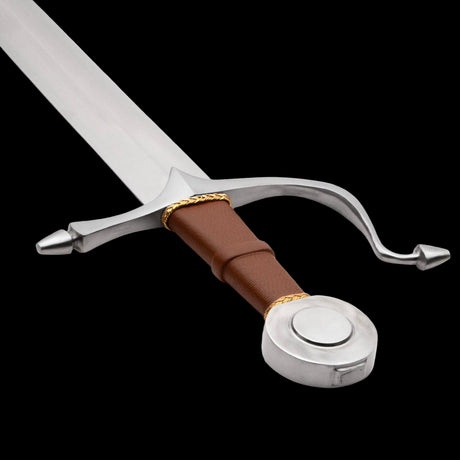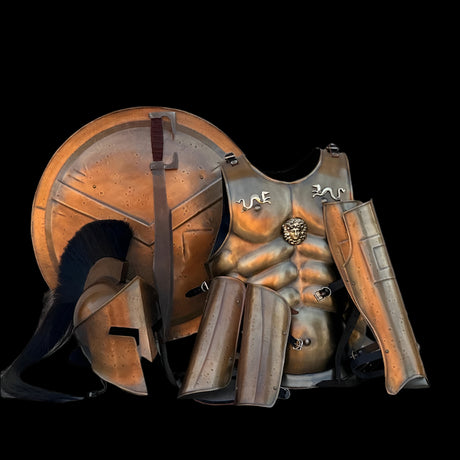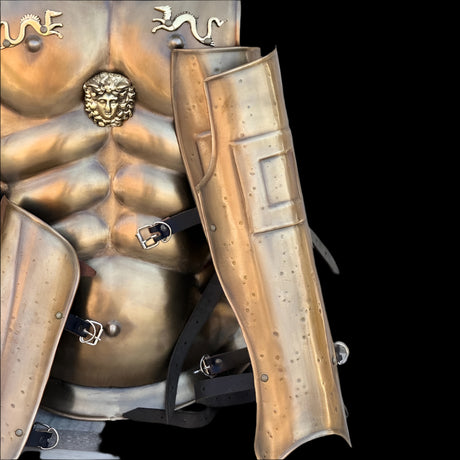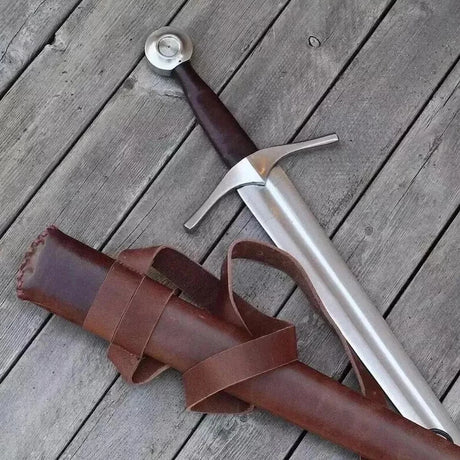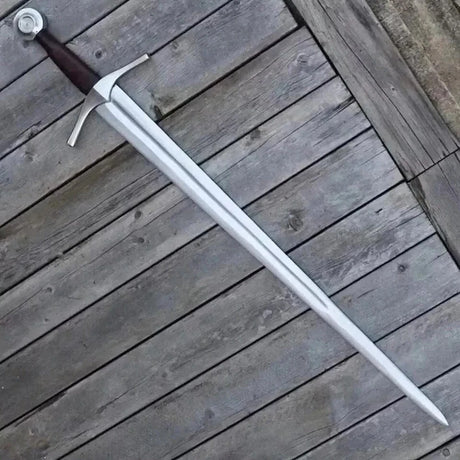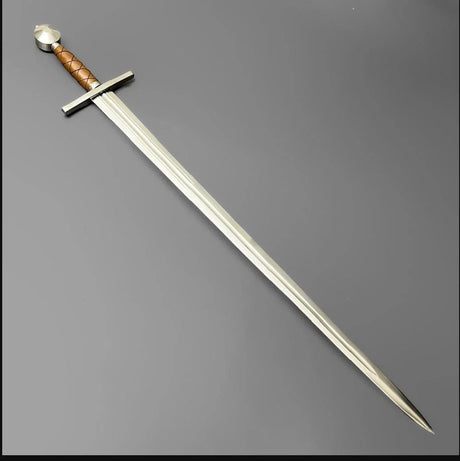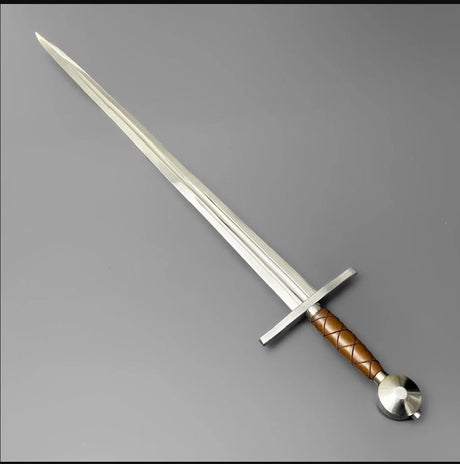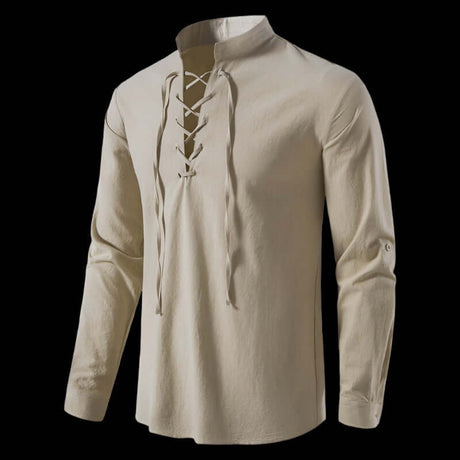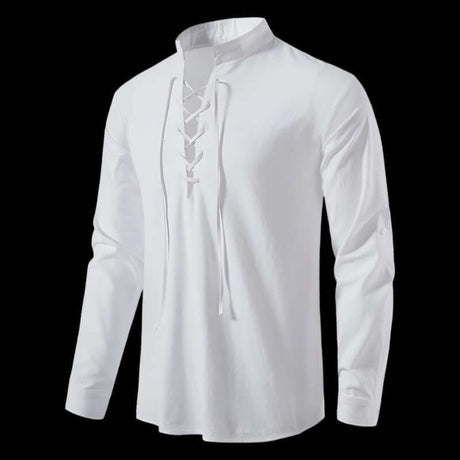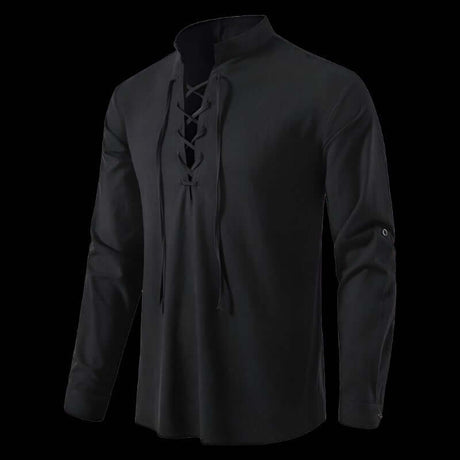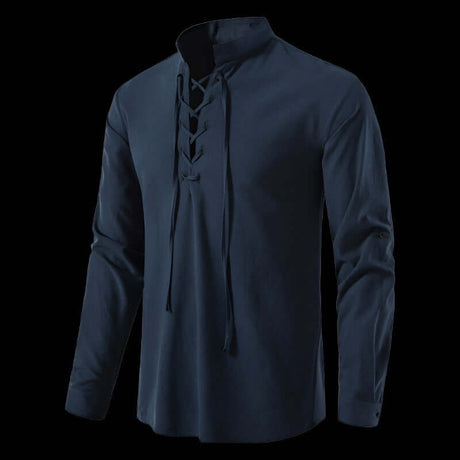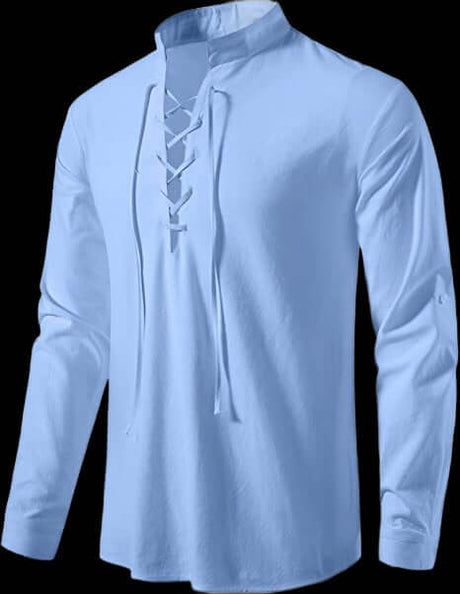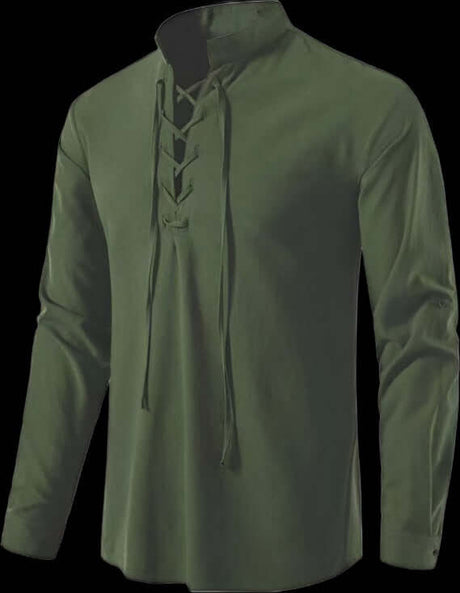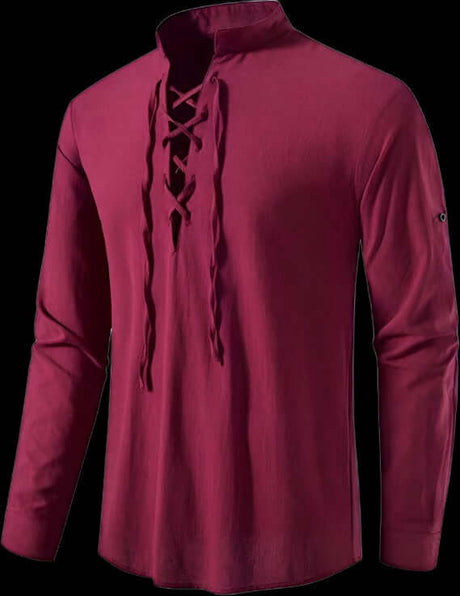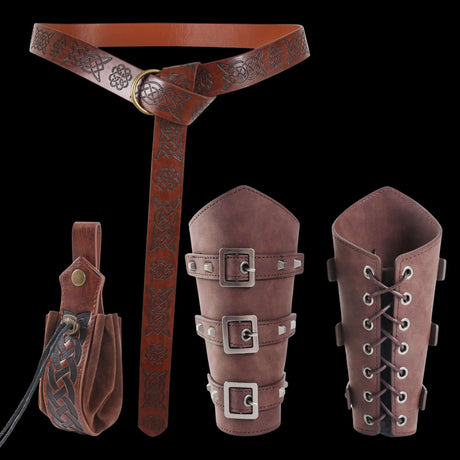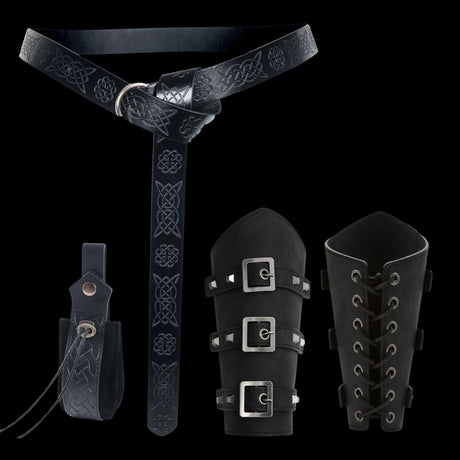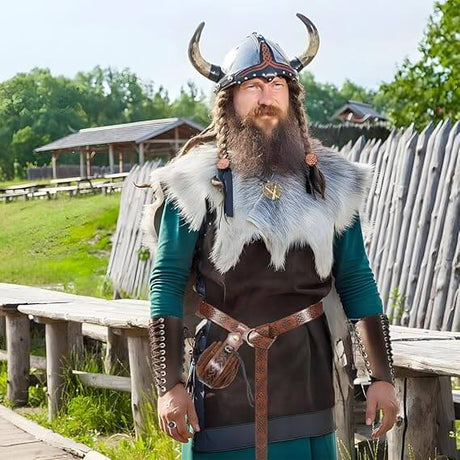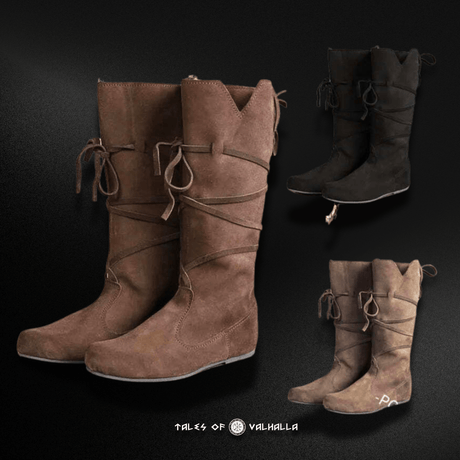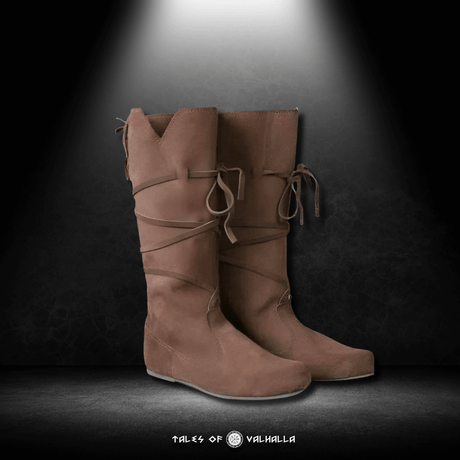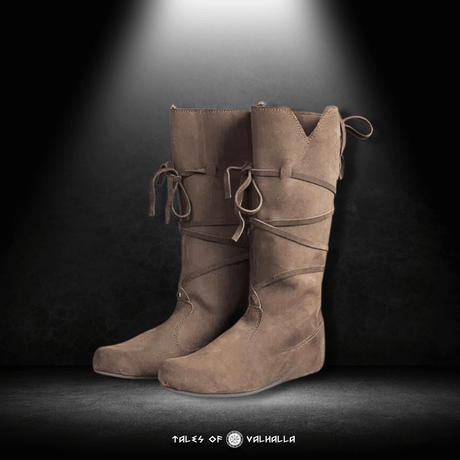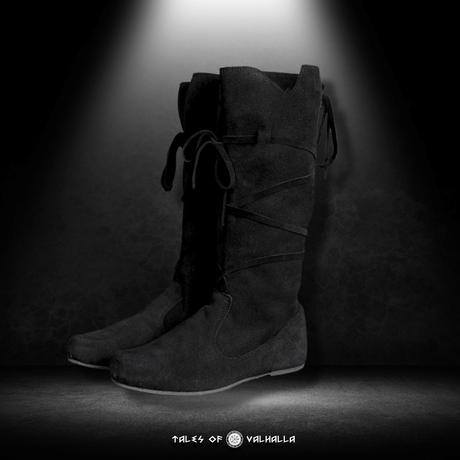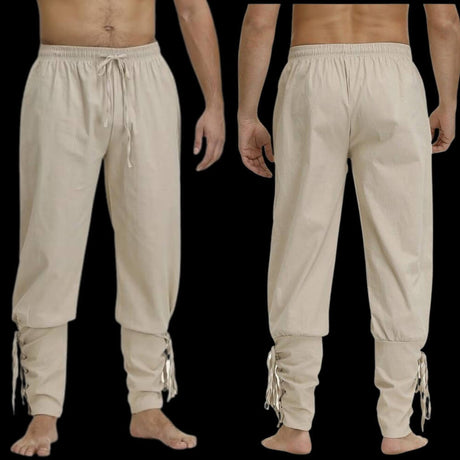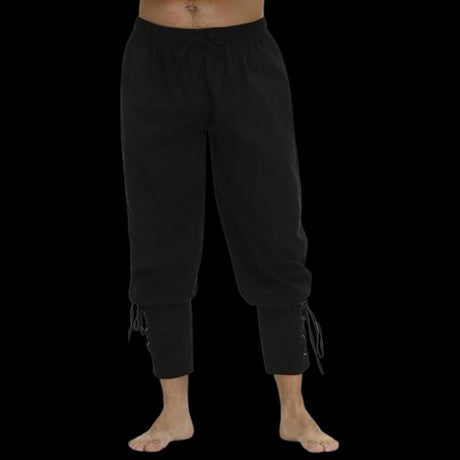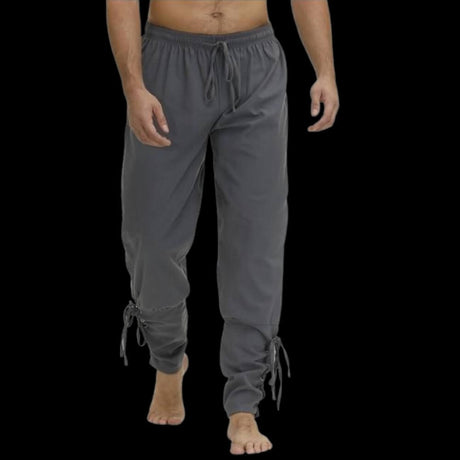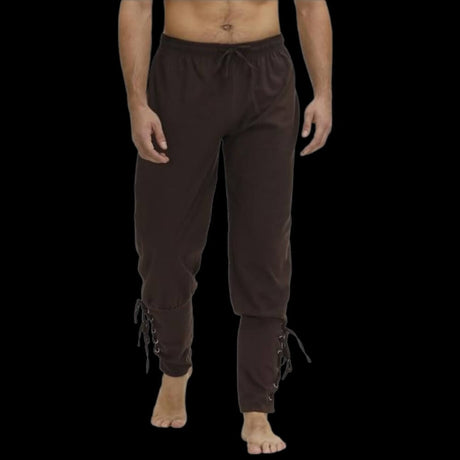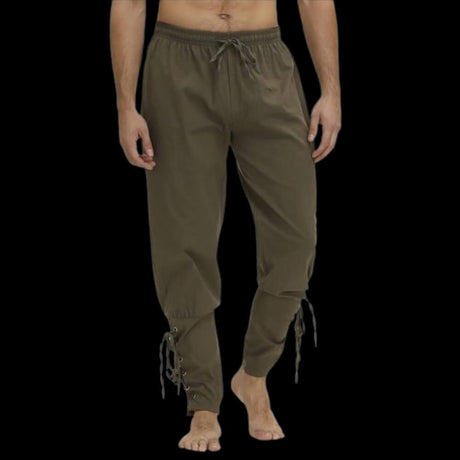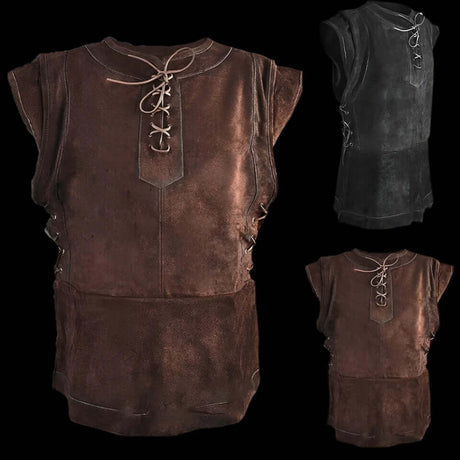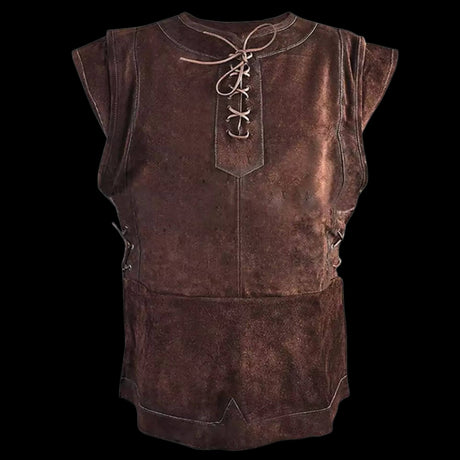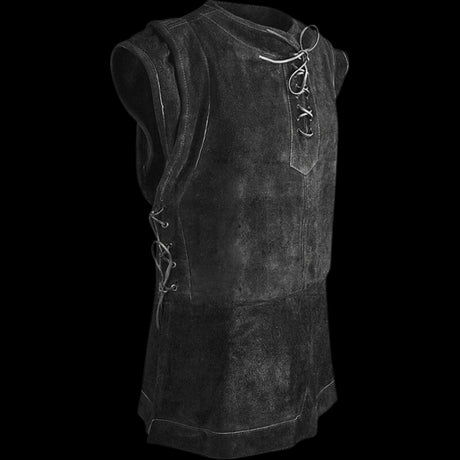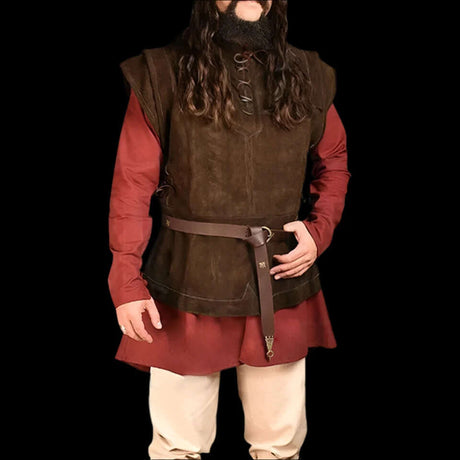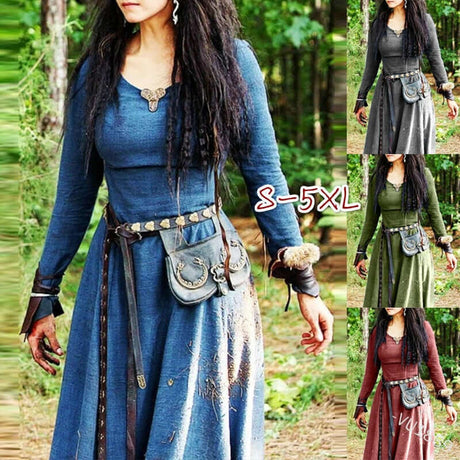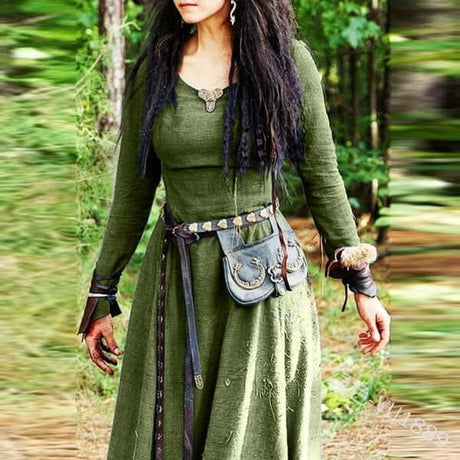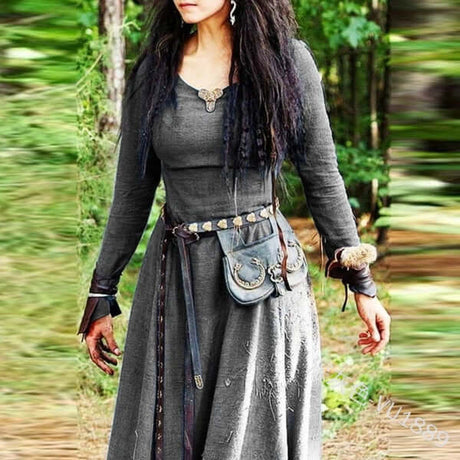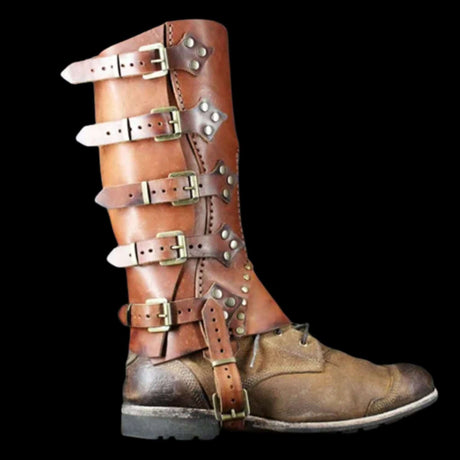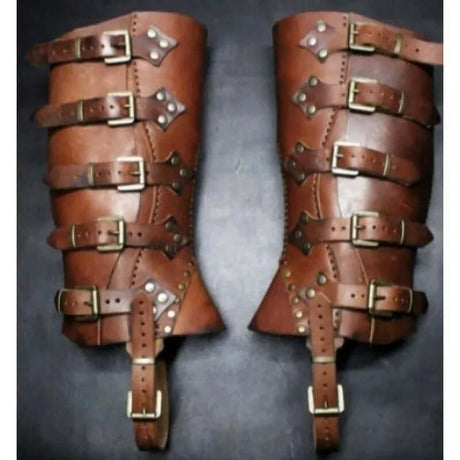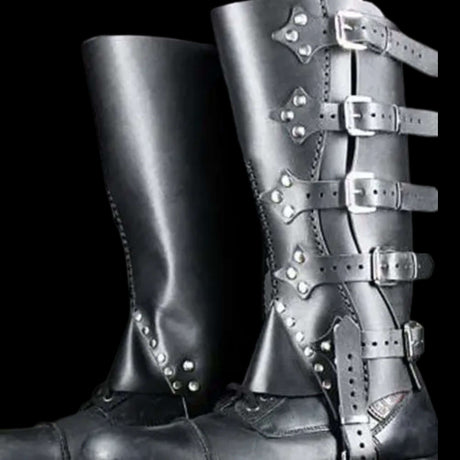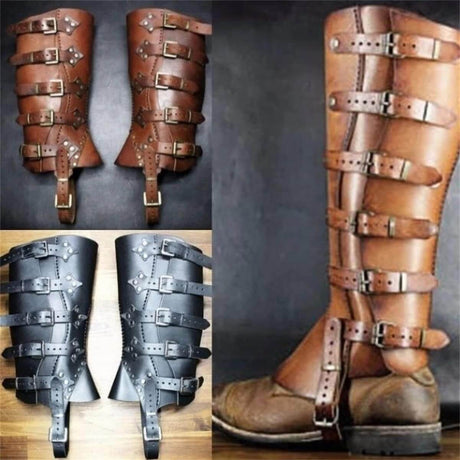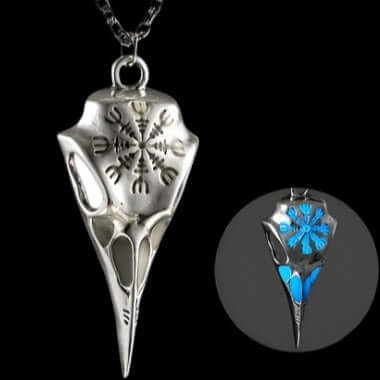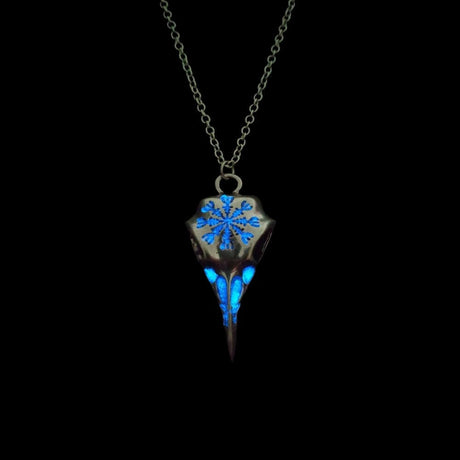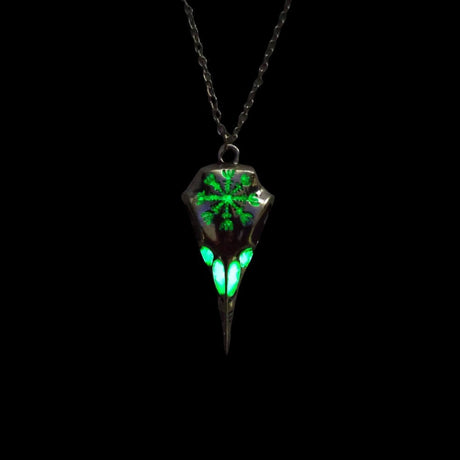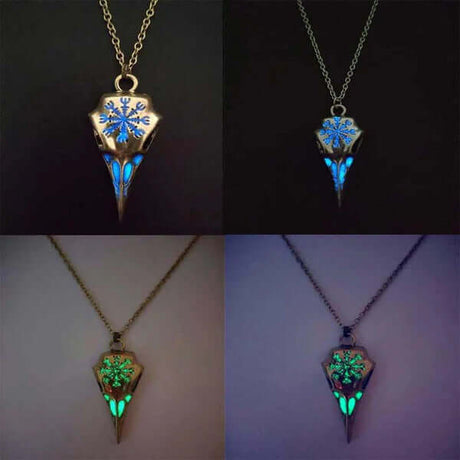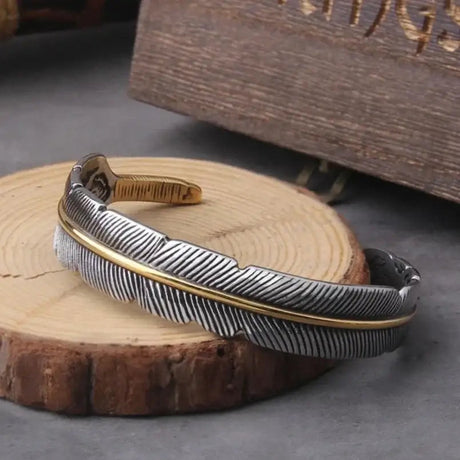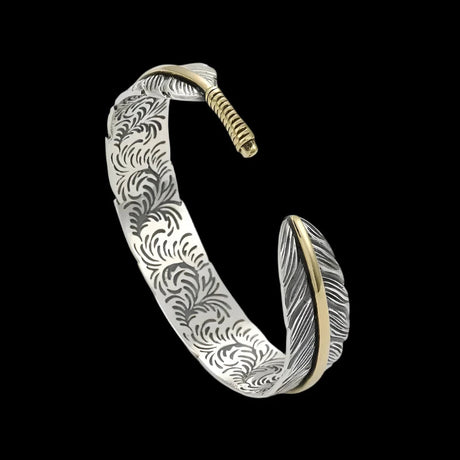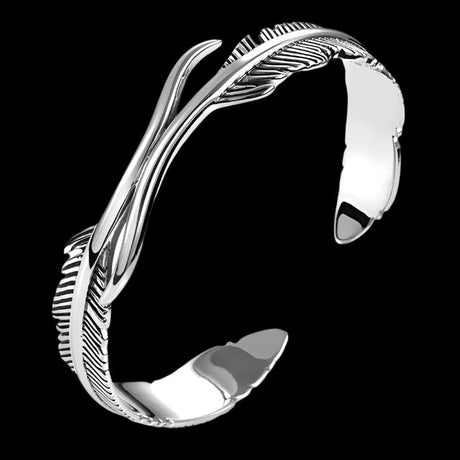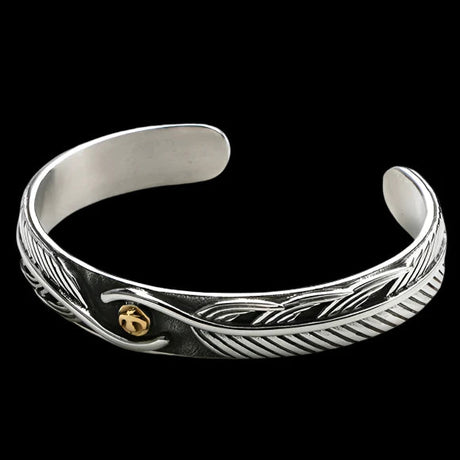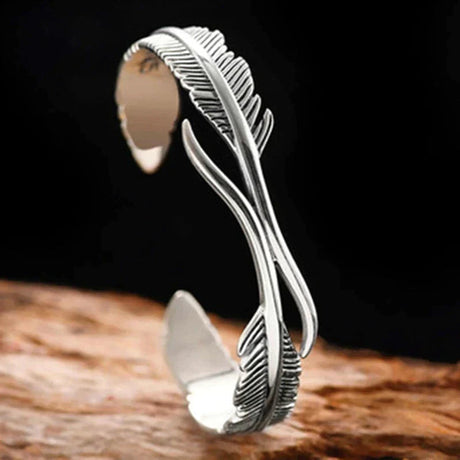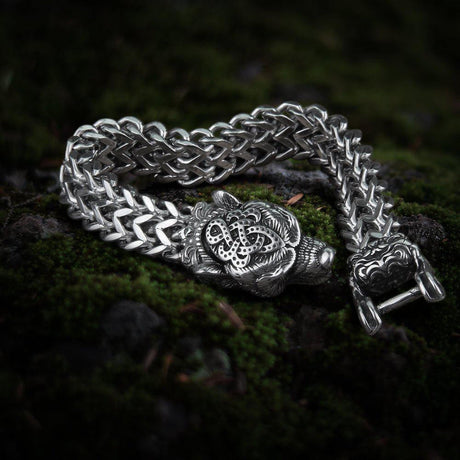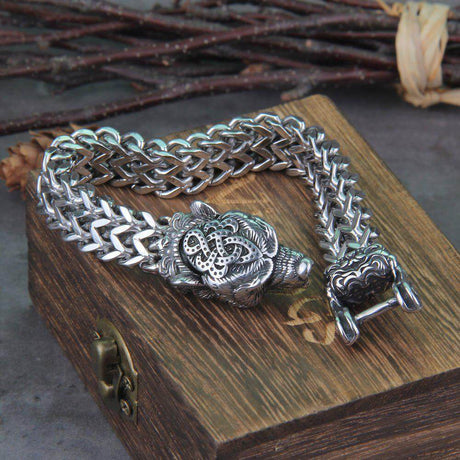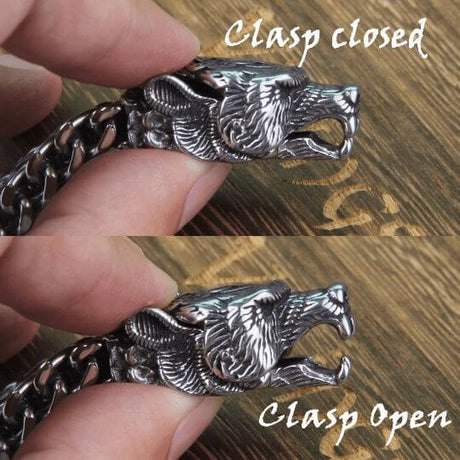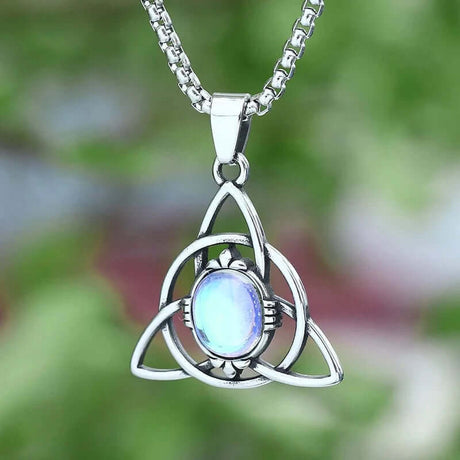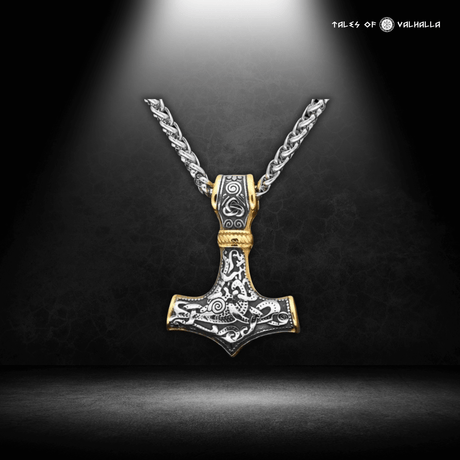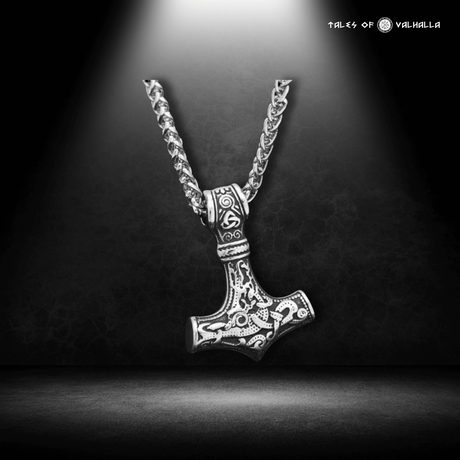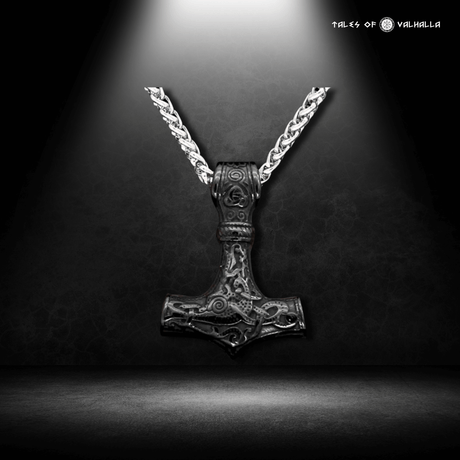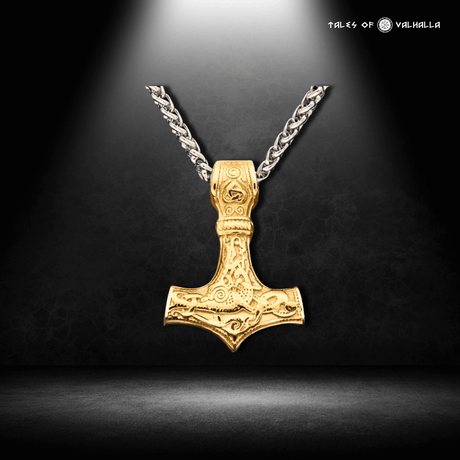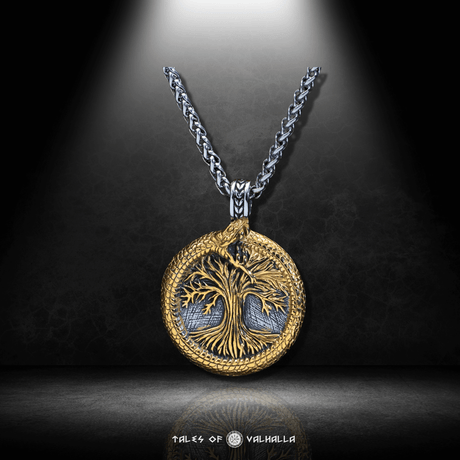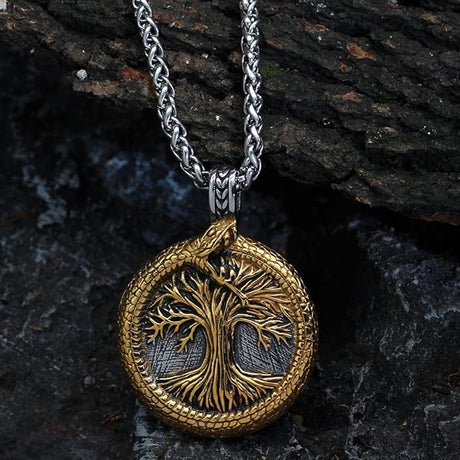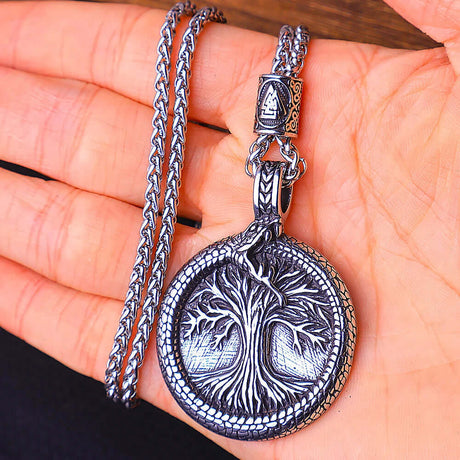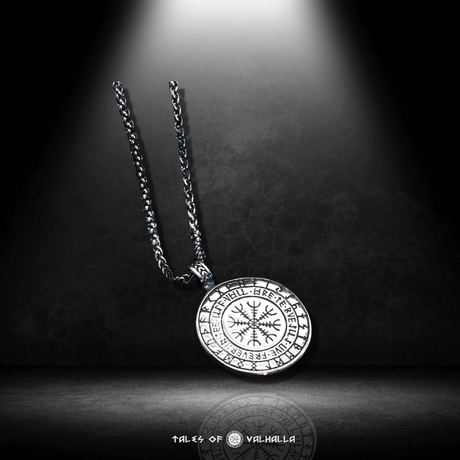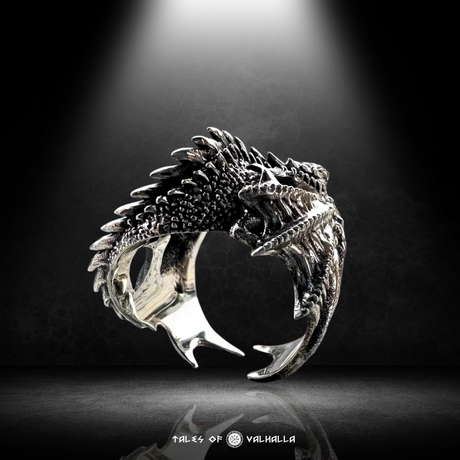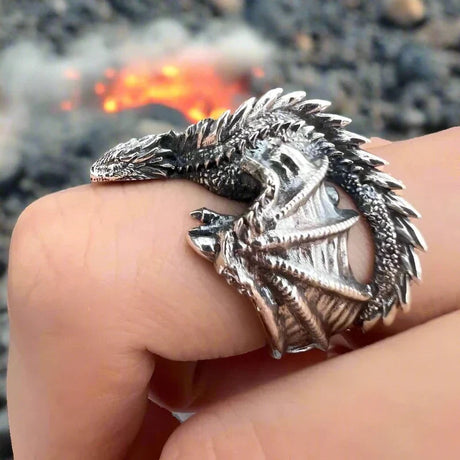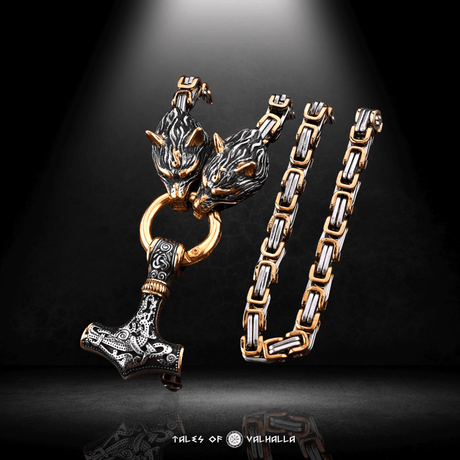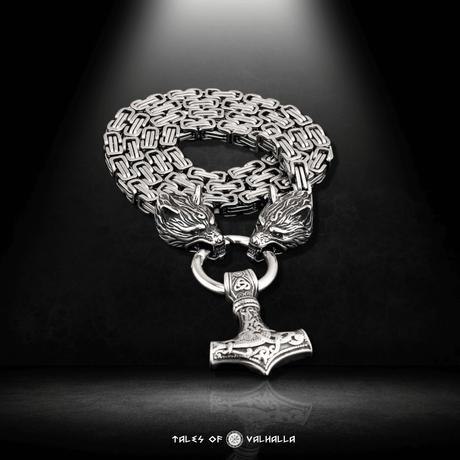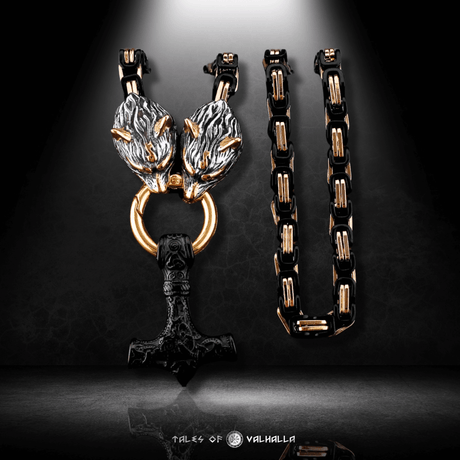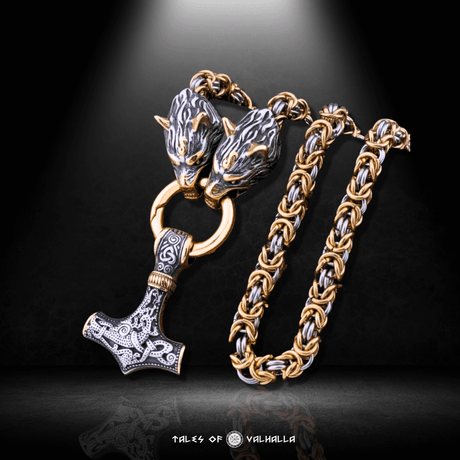The image is seared into our collective consciousness: a towering Viking warrior, wielding a massive, two-handed axe, cleaving through shield walls and striking terror into the hearts of their enemies. That weapon, the embodiment of Viking ferocity and power, is the Dane Axe. More than just a brutal instrument of war, the Dane Axe represents a pivotal point in military history, a symbol of a culture that reshaped Europe. This isn't just about an axe; it's about a legacy. This blog will unveil everything about the Dane Axe.
This comprehensive guide will delve deep into the world of the Dane Axe, exploring its history, construction, use in battle, and enduring legacy. Whether you're a history buff, a reenactor, a bladesmith, or simply someone captivated by Viking culture, prepare to be immersed in the world of this iconic weapon. We will focus primarily on Viking axes and their various uses.
What Exactly is a Dane Axe?
The term "Dane Axe" might seem straightforward, but it encompasses a range of variations and nuances. Let's break down the key characteristics that define this formidable weapon:
- Long Haft: Unlike smaller, one-handed axes, the Dane Axe is characterized by its long haft, typically ranging from 3 to 5 feet (0.9 to 1.5 meters) in length. This extended reach provided a significant advantage in combat.
- Broad, Thin Blade: The axe head itself was typically broad and thin, often with a pronounced "beard" (the lower portion of the blade extending below the socket). This design maximized cutting power while minimizing weight. The cutting edge could range from 8 to 18 inches (20 to 45 cm), depending on the specific axe.
- Single-Bitted: Dane Axes were almost exclusively single-bitted, meaning they had a cutting edge on only one side of the head.
- Material: The axe head was typically made of iron, often with a harder steel edge forge-welded onto the softer iron body. The haft was usually made of ash wood, known for its strength and flexibility.
It is important to make a destinction between the Dane Axe and other Viking axes.
What is Dane Axe?
Distinguishing the Dane Axe from Other Viking Axes
While all Viking axes share some similarities, the Dane Axe stands apart. It's not just any axe used by Vikings. Here's how it differs from other common types:
- Bearded Axe: A smaller, one-handed axe, often used for everyday tasks as well as combat. The "beard" (the extended lower portion of the blade) allowed for various hooking and grappling techniques.
- Skeggöx (Broad Axe): While sometimes used interchangeably with "Dane Axe," the term "Skeggöx" more broadly refers to any large axe. The Dane Axe is a specific type of Skeggöx.
- Francisca: A Frankish throwing axe, much smaller and lighter than the Dane Axe, designed for short-range projectile use.
The Dane Axe was specifically designed for two-handed use in battle, prioritizing reach and cutting power above all else.
- See more: Axes Collection
A History Forged in Blood: The Rise of the Dane Axe
The Dane Axe didn't appear overnight. Its development was a gradual process, influenced by both practical needs and evolving warfare tactics.
- Early Scandinavian Axes: Initially, Scandinavian axes were smaller, all-purpose tools used for woodworking, farming, and occasional combat.
- The Viking Age (c. 793-1066 AD): As Viking raids and conquests intensified, the need for specialized weapons became apparent. The Dane Axe began to emerge as a distinct type, likely evolving from larger woodworking axes.
- The Battle of Stamford Bridge (1066 AD): This pivotal battle, marking the end of the Viking Age in England, famously featured a lone Viking warrior wielding a Dane Axe, holding off the English army on a narrow bridge for a significant period. This legendary (though likely embellished) account cemented the Dane Axe's image as a weapon of immense power.
- Spread and Influence: The Dane Axe's effectiveness led to its adoption by other cultures, including the Anglo-Saxons and the Normans. It influenced the development of later polearms, such as the halberd.
The Dane Axe in Warfare: A Weapon of Shock and Awe
The Dane Axe wasn't designed for subtle fencing or delicate parries. It was a weapon of shock and awe, intended to break enemy formations and inflict devastating blows.
- Reach Advantage: The long haft allowed Viking warriors to strike from a distance, keeping opponents at bay and potentially bypassing shield walls.
- Cleaving Power: The broad, thin blade, combined with the leverage of the long haft, could deliver incredibly powerful blows capable of cleaving through shields, helmets, and even bone.
- Psychological Impact: The sheer size and fearsome appearance of the Dane Axe undoubtedly had a significant psychological impact on opponents. Imagine facing a line of warriors wielding these massive weapons – it would have been a terrifying sight.
- Formation Fighting: Dane Axes were particularly effective in formation fighting, where warriors could use their reach to strike over the heads of their comrades or to hook and pull down enemy shields.
- Limitations: While powerful, the Dane Axe also had limitations. Its size and weight made it less effective in close-quarters combat, and it required significant strength and skill to wield effectively. It also left the user vulnerable during the long swing.
Anatomy of a Dane Axe: Deconstructing the Design
Let's take a closer look at the individual components of a Dane Axe and how they contributed to its effectiveness:
The Head:
-
- Blade Shape: The broad, thin blade was designed for maximum cutting efficiency. The "beard" provided a larger cutting surface and helped to protect the haft from damage.
- Edge Geometry: The edge was typically convex, providing strength and durability.
- The Eye: The hole through which the haft was inserted. The shape and size of the eye were crucial for ensuring a secure fit.
- Steel type: High carbon steel was used for the creation of axes.
The Haft:
-
- Length: The long haft (3-5 feet) was the defining characteristic of the Dane Axe, providing reach and leverage.
- Wood Type: Ash was the preferred wood due to its strength, flexibility, and shock-absorbing properties.
- Shape: The haft was often slightly curved, providing a more ergonomic grip and improving control.
- Thickness: The haft had to be thick enough to withstand the stresses of combat but not so thick that it became unwieldy.
Crafting a Dane Axe: The Blacksmith's Art
Forging a Dane Axe was a complex and demanding task, requiring the skills of an experienced blacksmith.
- Materials: The blacksmith would start with a bar of iron, often with a separate piece of higher-carbon steel for the edge.
- Forging the Head: The iron bar would be heated in a forge and hammered into shape, gradually forming the blade, eye, and poll.
- Welding the Edge: The steel edge would be forge-welded onto the iron body, a process requiring precise temperature control and skilled hammering.
- Heat Treating: The axe head would then be heat-treated (hardened and tempered) to achieve the desired balance of hardness and toughness.
- Hafting: The haft would be carefully shaped and fitted to the eye of the axe head, often secured with wooden or metal wedges.
Modern Interest in the Dane Axe
Below are some statistics on the Dane Axe.
| Aspect | Statistic(Data is approximated) |
|---|---|
| Reenactor Ownership | 45% of Viking reenactors own a Dane Axe |
| Collector Interest | 30% increase in Dane Axe sales in last 5 years |
| Museum Exhibits | 70% of Viking exhibits feature a Dane Axe |
| Online Search Volume | 20,000+ monthly searches for "Dane Axe" |
| Blacksmith Production | 15% of custom blacksmith orders are for Dane Axes |
Using a Dane Axe: Techniques and Training
Wielding a Dane Axe effectively required significant strength, skill, and training. It wasn't simply a matter of swinging wildly.
- Grip: A firm, two-handed grip was essential, with the hands spaced apart to maximize leverage and control.
- Stance: A stable, balanced stance was crucial, allowing the warrior to generate power and maintain balance during swings.
- Swinging Techniques: Various swinging techniques were used, including overhead chops, diagonal slashes, and horizontal sweeps.
- Footwork: Footwork was essential for closing the distance, maintaining balance, and avoiding enemy attacks.
- Training: Viking warriors likely trained extensively with their axes, practicing striking techniques, footwork, and sparring with partners.
The Dane Axe in Popular Culture: Myth and Reality
The Dane Axe has become a staple of Viking depictions in popular culture, often appearing in movies, TV shows, video games, and books. However, these depictions are not always accurate.
- Exaggerated Size: Dane Axes in popular culture are often depicted as being much larger and heavier than they were in reality.
- Over-the-Top Combat: The way Dane Axes are used in combat is often exaggerated for dramatic effect, with warriors performing unrealistic feats of strength and agility.
- Romanticized Image: The Dane Axe is often romanticized as the ultimate Viking weapon, overshadowing the importance of other weapons like swords and spears.
While these depictions can be entertaining, it's important to remember that they are often based on myth and legend rather than historical accuracy.
- See More: What Axes Did Vikings Use?
Owning and Collecting Dane Axes Today
Today, there's a thriving market for Dane Axes, ranging from inexpensive replicas to high-end, historically accurate reproductions.
- Replicas: These are typically mass-produced and made from less expensive materials. They are suitable for display or costume use but are not intended for actual combat.
- Functional Reproductions: These are made by skilled blacksmiths using traditional techniques and materials. They are designed to be historically accurate and can be used for cutting practice or reenactment (with proper safety precautions).
- Antique Axes: Original Viking-era Dane Axes are extremely rare and valuable, typically found only in museums or private collections.
Addressing Counterarguments and Alternative Perspectives
While the Dane Axe is widely recognized as a powerful and effective weapon, there are some alternative perspectives and debates surrounding its use and significance:
- Effectiveness vs. Swords: Some argue that the sword was a more versatile and effective weapon in close-quarters combat, while the Dane Axe was more specialized.
- Historical Accuracy of Depictions: As mentioned earlier, popular culture often exaggerates the size and capabilities of the Dane Axe.
- Regional Variations: There were likely regional variations in Dane Axe design and usage, which are not always fully understood.
It's important to acknowledge these different viewpoints and to continue researching and exploring the nuances of Viking weaponry.
Real-Life Examples and Anecdotes
I once had the opportunity to handle a functional reproduction of a Dane Axe, crafted by a skilled blacksmith. The sheer weight and balance of the weapon were impressive. Even just holding it, I could feel the potential power it possessed. It gave me a newfound respect for the strength and skill required to wield such a weapon effectively.
Another time, I attended a Viking reenactment event where I witnessed a demonstration of Dane Axe combat. The reenactors were highly skilled and used their axes with impressive precision and power. It was a captivating display that brought the history of this weapon to life.
Expert Insights
"The Dane Axe was a weapon of terrifying power, capable of cleaving through shields and armor." - Dr. Gareth Williams, Curator of Early Medieval Coins and Viking Antiquities, British Museum
"The long haft of the Dane Axe gave Viking warriors a significant reach advantage in battle." - Roland Warzecha, Historical European Martial Arts (HEMA) Instructor
Conclusion
The Dane Axe is more than just a weapon; it's a symbol of Viking power, ingenuity, and martial prowess. Its distinctive design, its devastating effectiveness in battle, and its enduring presence in popular culture have cemented its place in history. Whether you're a seasoned historian or simply curious about Viking culture, the Dane Axe offers a fascinating glimpse into a bygone era. Continue your exploration of all things Viking and discover more at Tales of Valhalla. Continue to discover the world of Viking axes.
FAQs
1. What is a Dane Axe?
The Dane Axe is a large, two-handed battle axe used by Viking warriors and medieval European soldiers. It features a long wooden shaft and a wide, crescent-shaped blade designed for powerful strikes in combat.
2. Who used the Dane Axe?
The Dane Axe was primarily used by Viking warriors, particularly elite fighters like the Varangian Guard and Huscarls of medieval England and Scandinavia. It later influenced the design of polearms in European warfare.
3. What made the Dane Axe effective in battle?
Its long handle provided greater reach, allowing warriors to strike from a distance. The thin yet broad blade could deliver devastating blows, capable of cutting through armor and shields with ease.
4. How was the Dane Axe different from other Viking axes?
Unlike the smaller bearded axe, which was versatile for both combat and daily tasks, the Dane Axe was purely a weapon of war. Its longer shaft and larger blade made it more effective for two-handed swings.
5. Did the Dane Axe require special training?
Yes, wielding a Dane Axe required strength, precision, and training. Elite warriors practiced specialized techniques to maximize its impact while maintaining agility in battle.
6. Is the Dane Axe still used today?
While no longer a battlefield weapon, the Dane Axe is popular in historical reenactments, museum displays, and modern crafts inspired by Viking heritage. It remains a symbol of Norse warrior culture.

